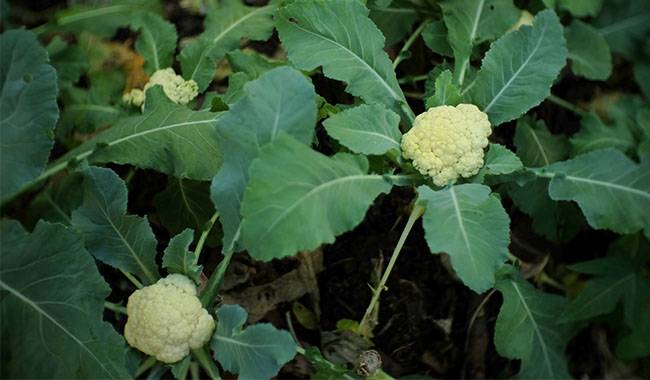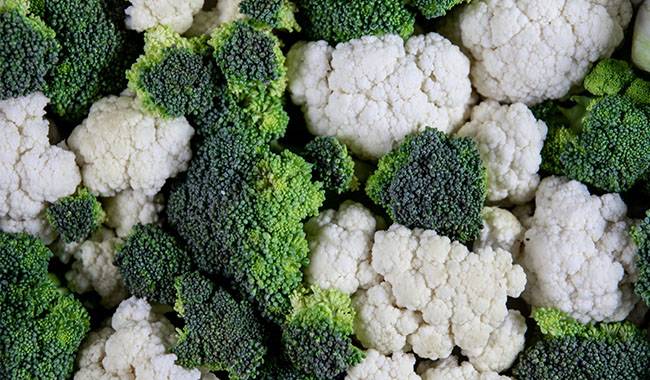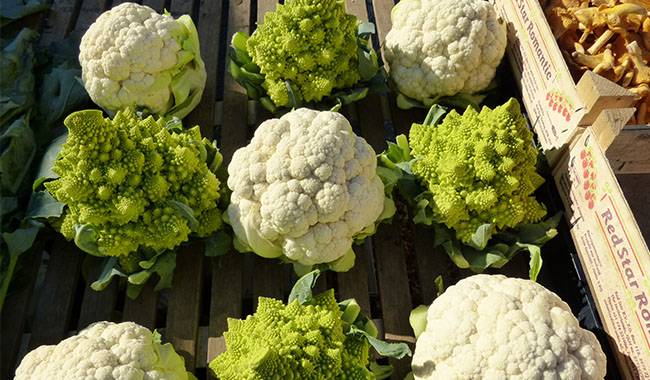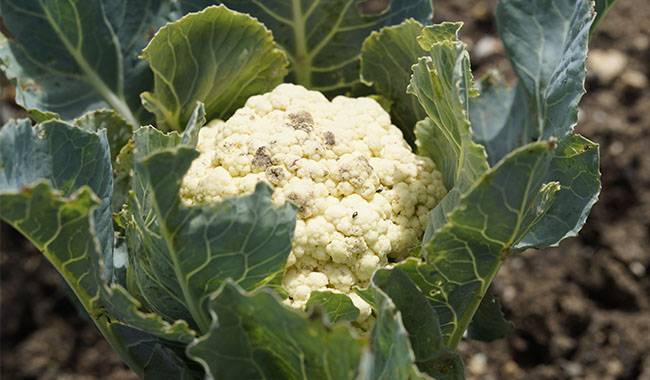
How to grow cauliflower in pots? Cauliflower is a large vegetable, but its roots are surprising. If you have a container big enough to hold the plant, you can definitely grow this delicious, nutritious, cool vegetable.
This author personally grew cauliflower at home, and it was just a small experiment, but I didn’t expect it to go very well, and the cauliflower that grew was big and delicious. So the author would like to share with you how to grow cauliflower in containers.
Read on to learn about container gardening with cauliflower.
Steps to grow cauliflower
CHOOSE A POT
When it comes to growing cauliflower in containers, the first thing to consider is the container. For a plant, a large pot with a width of 12 to 18 inches and a minimum depth of 8 to 12 inches will suffice.
But cauliflower roots are large, so a container that can hold soil at a depth of 30 CM (9 inches) or more is needed to ensure the free growth of cauliflower roots as well as a nutrient supply.
If you have a larger, large pot, such as a half whiskey barrel, you can grow up to three plants.
Any type of container can be used, but make sure it has at least one good drainage hole in the bottom, as your cauliflower plants will rot quickly in wet soil.
SOIL
For growing cauliflower in containers, plants need a loose, light potting mix that will retain moisture and nutrients, but drain well.
Any good quality commercial potting soil is composed of peat, compost, fine bark and vermiculite or perlite. Do not use garden soil, which becomes compacted quickly so that air cannot get to the roots.
SOWING SEEDS
The seeds of cauliflower are very small and must be sown with care to ensure uniformity. Then cover the seeds on the bare ground with a layer of organic soil, water and wait for germination.
TRANSPLANTING
Transplant the cauliflower seedlings out of the culture soil, you can move the seedlings with the original soil, and then cultivate them into prepared pots or other vessels, righting and compacting, watering, and managing.
HARVESTING
From planting to harvesting, the cauliflower can take from 3 months until it takes shape and grows to its full size before it can be picked.
DAILY MANAGEMENT
Cauliflower is a kind of vegetable with temperature-loving property, not only poor drought resistance but also can not tolerate waterlogging, keep the soil moist without flooding or dry best.
Secondly, during the growth period of cauliflower, it should be constantly supplemented with nitrogen fertilizer, once the fertility can not keep up with the cauliflower plant will lead to wilting, producing secondary flowers and other phenomena that can not grow well; finally, attention should be paid to the supply of some micro-element fertilizer.
NOTE
You can start cauliflower seeds indoors about a month before the average frost, or you can plant seeds directly outdoors when the temperature is about 50 degrees Fahrenheit (10 degrees Celsius).
However, the easiest way to start container gardening with cauliflower is to purchase seedlings at a garden center or farm.
If you want to harvest cauliflower in the spring, plant seedlings one month before the last average frost date.
For fall crops, plant seedlings about six weeks before the last average frost in your area.
CARE OF CAULIFLOWER IN POTS
Place the container where the cauliflower receives at least 6 hours of sunlight per day. Whenever the soil feels dry, water the plants until the water runs through the drainage holes.
Do not water if the potting mixture is still wet, as the plants will rot quickly in wet soil.
However, never allow the mixture to dry out. Check the containers daily, as the soil in them can dry out quickly, especially in hot, dry weather.
Feed cauliflower monthly, using a balanced, water-soluble fertilizer. Or, mix a dry, time-release fertilizer into the potting mix at planting time.
When you are ready to harvest, your plants may need a little help to ensure that the vegetables are tender and white. This process is called “bleaching” and involves only protecting the heads from direct sunlight.
Some varieties of cauliflower are “self-bleaching,” which means the leaves naturally curl on the developing head. Look closely at the plant when the head is about 2 inches wide.
If the leaves are not doing a good job of protecting the head, help them by pulling the large outer leaves around the head and then securing them with a string or a clip.







